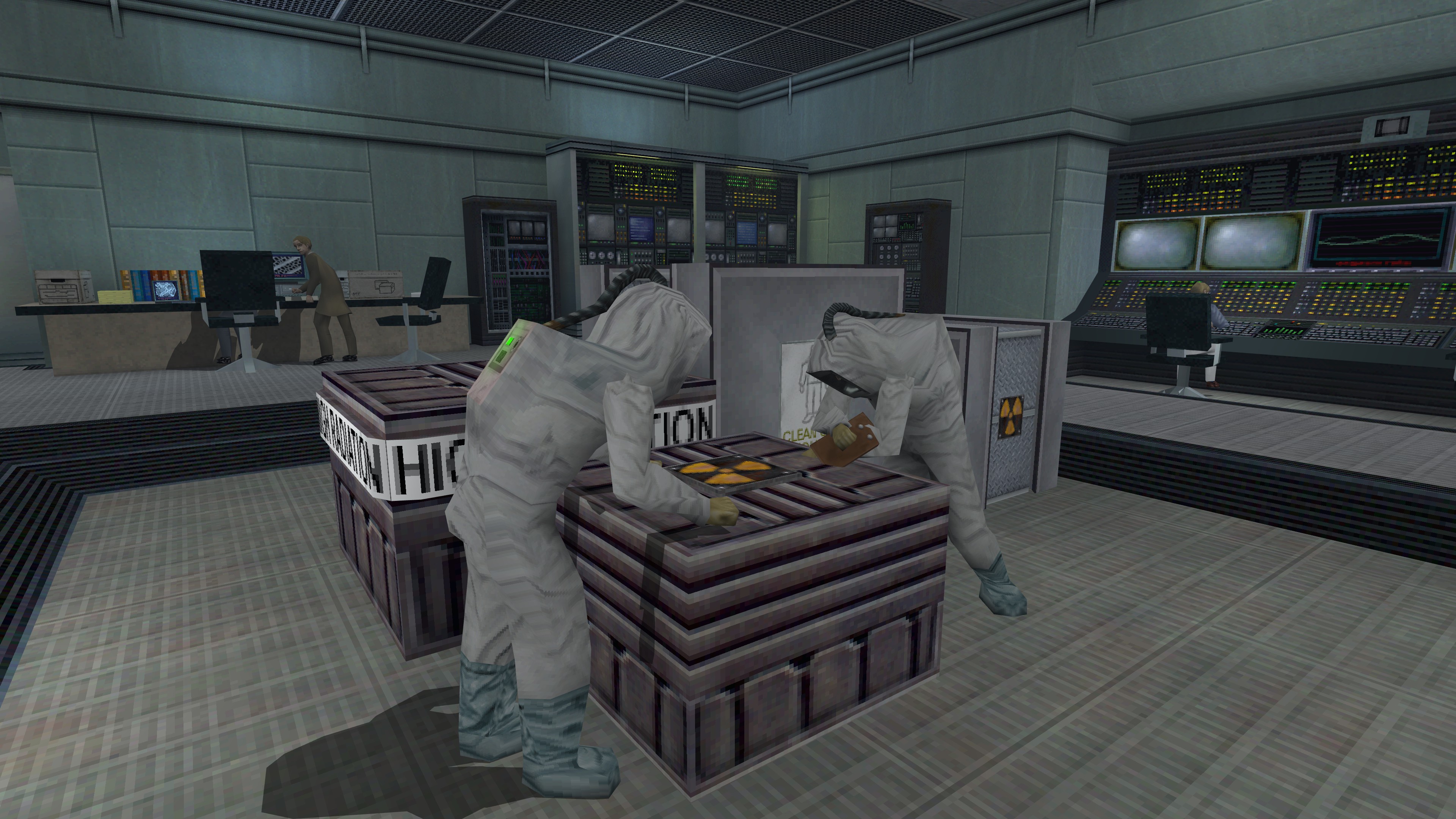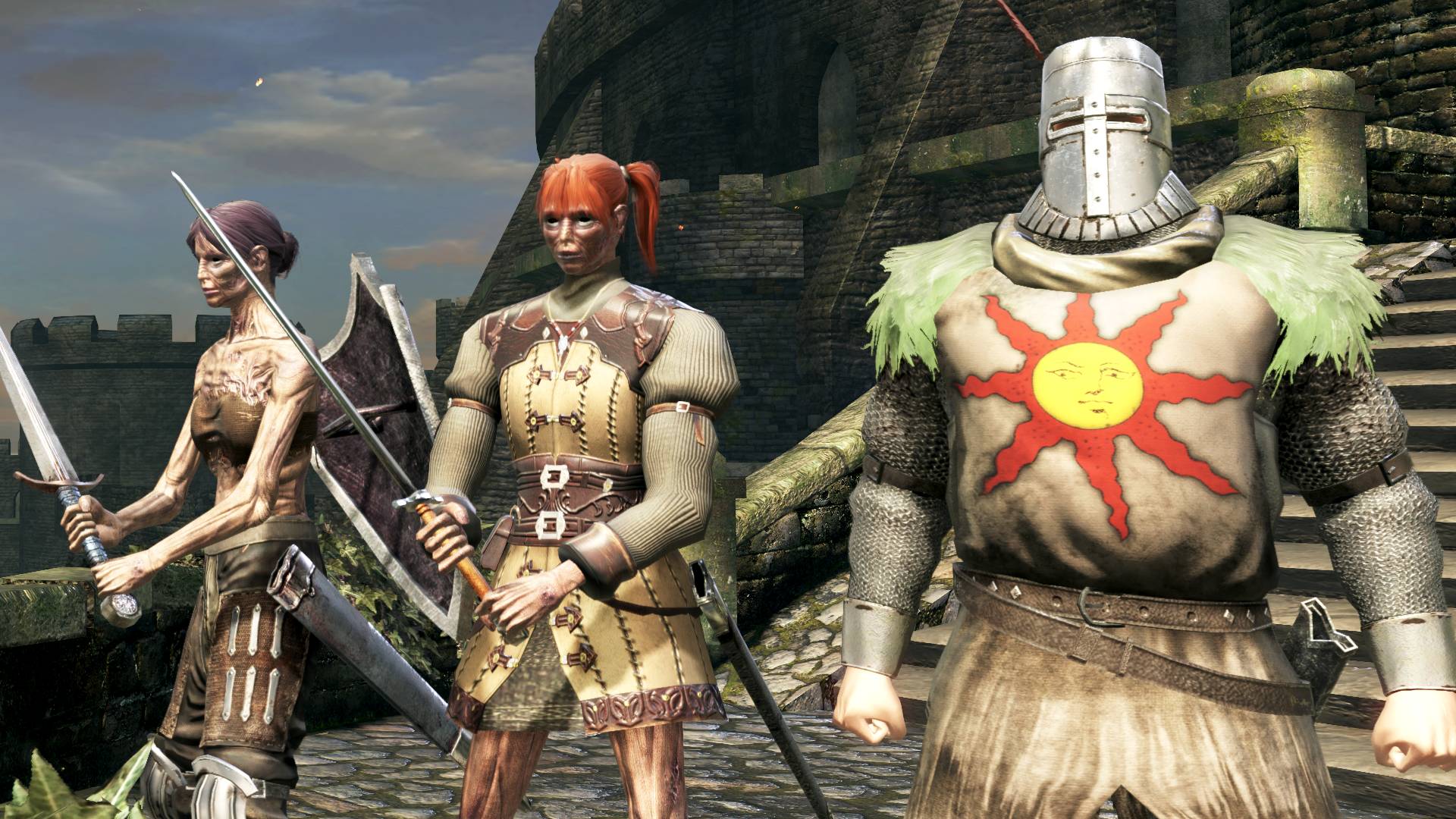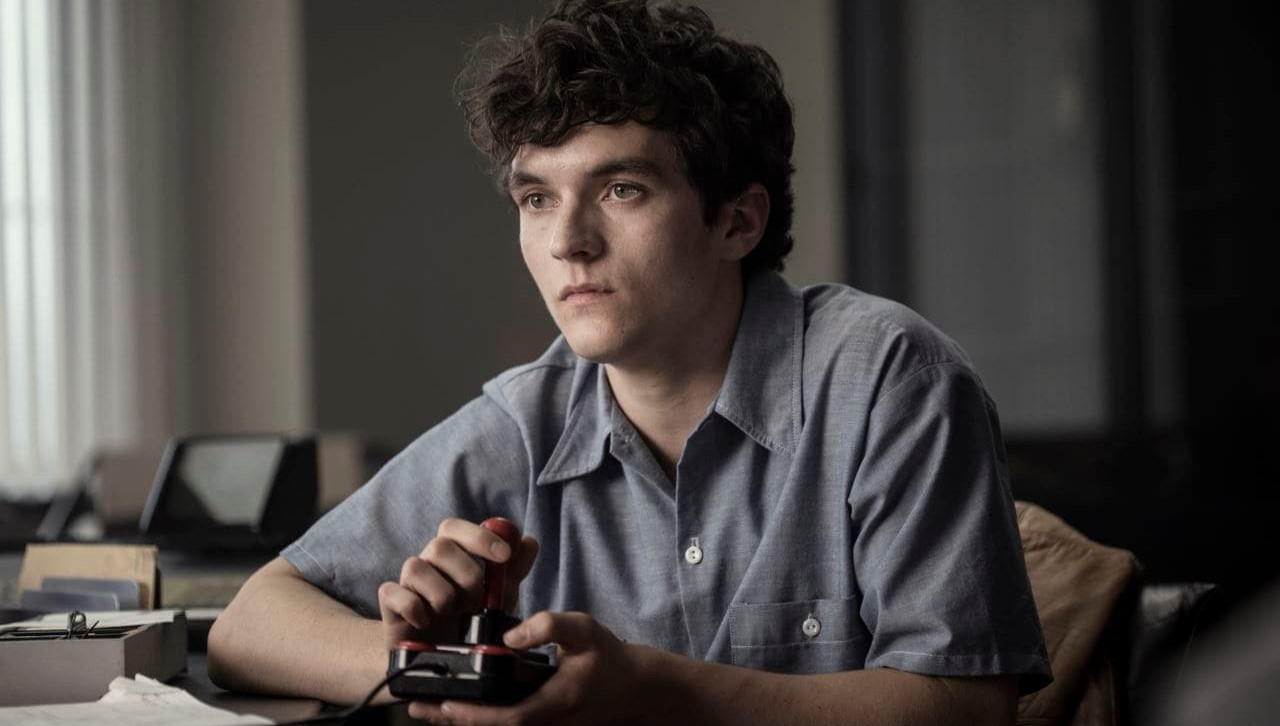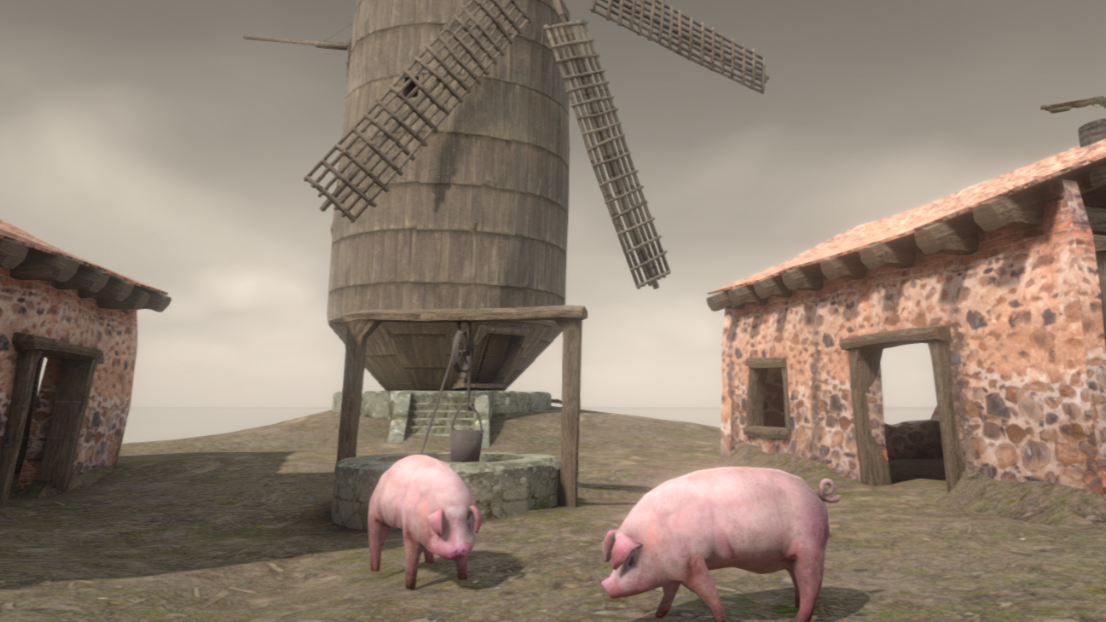
A crash corpse in designing a game with no backbone.
What is it? A melee-focused action game set in a zombie infested Los Angeles.
Release date April 21, 2023
Expect to pay $60/£55
Developer Dambuster Studios
Publisher Deep Silver
Reviewed on GeForce RTX 2060 SUPER, i7-7820X, 64GB RAM
Steam Deck Unsupported
Link Official site
Roughly ten hours into my playthrough of Dead Island 2, I started to wonder if there was much point in continuing. I kept waiting for the game to introduce some new gameplay mechanic or narrative surprise that would keep me invested, or at the very least give me some kind of reason to keep going. After ten more hours, I was certain; if I wasn’t playing this game for review, I’d have stopped playing long before its conclusion.
My biggest problem with Dead Island 2 is its gameplay loop, which isn’t so much a loop as it is a flat circle. Get weapons, kill zombies, break weapons, get more weapons—rinse and repeat. It might sound like a dismissive way to criticise a game, but in Dead Island 2’s case the issue is that there’s nothing outside of this loop to make engaging with it worthwhile. The game doesn’t have an open world as many may be expecting—instead the map is segmented into 10 different locations that you can (eventually) fast travel between. Once you’ve completed the relatively short main story and mopped up the remaining side quests, all that’s left to do is travel to one of these areas and kill infinitely respawning zombies until you either quit or die of boredom.
(Image credit: Dambuster Studios)
Is killing zombies fun, at least? Yes—at first. At the start of the game, all you have are a few key skills and access to some basic melee weapons. This is the part of Dead Island 2 I had the most fun with, as I spent the majority of my time messing around with the “FLESH” system. Almost every body part a zombie has can be hacked off in a visceral and dynamic fashion, allowing you to cut off a zombie’s leg at a specific point or pop out an eyeball with a well placed bonk to the head.
As the story progresses, this novelty quickly begins to wear off. Sending a zombie and its jawbone flying in two separate directions admittedly never gets old, but the additions to the combat that follow do little to spice up the action. Cards you unlock allow you to buff certain skills, like your dodge or your jump kick, and you can unlock “Curveball” throwables to help thin out the horde, but these upgrades aren’t substantial enough to offer any real variety.
This is probably a good time to mention that Dead Island 2 doesn’t have any form of difficulty settings. Whilst not every game needs adjustable difficulty, Dead Island 2 certainly feels like it could have used it – not because it’s too hard, necessarily, but rather because it’s so inconsistent. The first third of the campaign is relatively challenging, and I found myself constantly burning through all of my melee weapons and scrounging the environment for health items on a regular basis. Then I unlocked guns, and the difficulty became a joke.
Although you’ll never have enough ammo on you to burn through an entire area of the map without having to resupply, they do allow you to pop the limbs off basic zombies with a single shot and deal critical damage to boss enemies at a safe distance. Pair that with your skill buffs and your Curveballs, and you can easily become untouchable. Dead Island 2 attempts to balance this by spawning more and more boss enemies on the map and in the main story missions as you progress, but all that serves to do is to pad out the game’s length with a load of spongey healthbars.
(Image credit: Dambuster Studios)
You spend the whole of the short campaign finding flimsy narrative excuses to visit each different section of LA, constantly being introduced to new, disposable characters.
Your first encounters with each of these special enemies can be pretty fun, but they’re immediately recycled into standard encounters scattered throughout the map. The first time I fought one of the hulking Crushers, it was straightforward but enjoyable. As you make your way through a wedding venue, you run into a bride-to-be turned zombie, and have to fend her off as slow, romantic music plays in the background. Dodging the brute’s slow, telegraphed attacks and timing jumps correctly to avoid her ground slams made for a pretty memorable and funny set piece; one that was instantly soured when I walked outside and ran into another Crusher roughly two minutes after completing the story mission.
Dead lines
Dead Island 2’s weakest element, however, is its shambling story. You spend the whole of the short campaign finding flimsy narrative excuses to visit each different section of LA, constantly being introduced to new, disposable characters who stop being relevant the second the plot transitions you into a new area. Most of these characters are written to be annoying in a cheeky nudge-nudge, wink-wink sort of way, with washed up actors and LA socialites forming the majority of the cast. Yet at no point is the writing ever funny or witty enough to elevate these characters beyond their base concepts, and it’s certainly never clever enough to play it off as satire.
(Image credit: Dambuster Studios)
It’s also sort of difficult to tell when exactly some jokes are intentionally terrible, in a b-movie kind of way, and when they’re simply poorly written. Over half way through the main story, you’re introduced to “sKOpe”—an Amazon Alexa-style device involved in a sidequest to track down other sKOpes throughout the map. It might have been funny when my character made a point of speaking in a monotone voice just so the sKOpe could recognise her – if I hadn’t been prompted on three separate occasions beforehand by an in-game advertisement to connect an Amazon Alexa to Dead Island 2 so I could use it for voice commands. Is this a cheeky send-up of its own co-marketing deal, or just an awkward attempt to lampshade it?
It’s not all bad—a few of the side quests did manage to coax a couple of laughs out of me, even if they were few and far between. The side quests in general feel a lot more flavourful than anything the main story had to offer, as they tend to lean into more absurd characters for their humour and rarely veer into the kind of mishandled seriousness and drama the main story is prone to.
(Image credit: Dambuster Studios)
Bad to the bone
As for the actual content of those story missions, I honestly cannot think of the last time I played through a campaign with design choices this uninspired. The amount of times I was tasked with finding a battery to repair a circuit breaker or fixing the pressure sensors on some pipes is frankly embarrassing. Worse still, your character will joke about how often they’re tasked with solving the same monotonous puzzles to progress. I’m sure it’s supposed to come across as some kind of cute, self-aware moment from the devs, but instead it only served to annoy me further. If you know your puzzles suck, why are you forcing me to play them?
I played through Dead Island 2 on two separate builds, one that was relatively high end (Ryzen 9 5900X, RTX 4080, 64GB RAM) and another that was a bit more modest (i7-7820X, GeForce RTX 2060 SUPER, 16GB RAM), and both generally ran pretty smoothly. In fact, even the more modest build managed to run the game with all settings on Ultra – with only minor FPS drops compared to its beefier counterpart. Both the button mapping and graphical settings are relatively robust too, which is handy considering how high the motion blur is set to by default.
(Image credit: Dambuster Studios)
Apart from the admittedly impressive technical performance, it’s hard to find much reason to recommend Dead Island 2.
Regardless of which build I ran the game on, I did run into some pretty hefty FPS drops during certain set pieces in the main story. One particular segment, in which you fight through an army checkpoint, caused my FPS to dip into the 30s (most likely due to the amount of zombies on screen). One area in the game, Beverly Hills, also had an odd problem that caused the game to drop down to 20 FPS any time I closed a menu, although thankfully that could be fixed by simply reopening and reclosing it. These issues seemed to be the exception rather than the rule however, as from what I tested, the game seems to run extremely well even on relatively dated hardware – something that was a bit of a relief given the recent uptick in poorly optimised PC ports.
I also ran into a few general bugs, some of which were pretty minor (such as resources falling through the terrain before I could pick them up, and odd collision detection on certain objects throwing me halfway across the map) and others which were more major (like when I clipped inside of a wall during a cinematic attack, or when certain quests refused to advance). I never ran into anything game breaking or progress-halting that couldn’t be fixed with a simple reload however, and Dead Island 2’s relatively generous checkpoints and autosaves meant that I barely lost more than a couple of minutes of progress at any given time.
Apart from the admittedly impressive technical performance, it’s hard to find much reason to recommend Dead Island 2. Although the combat feels responsive and intuitive, it sadly does little to compensate for the game’s numerous shortfalls – especially when said gameplay barely evolves throughout the game’s twenty hour campaign.






